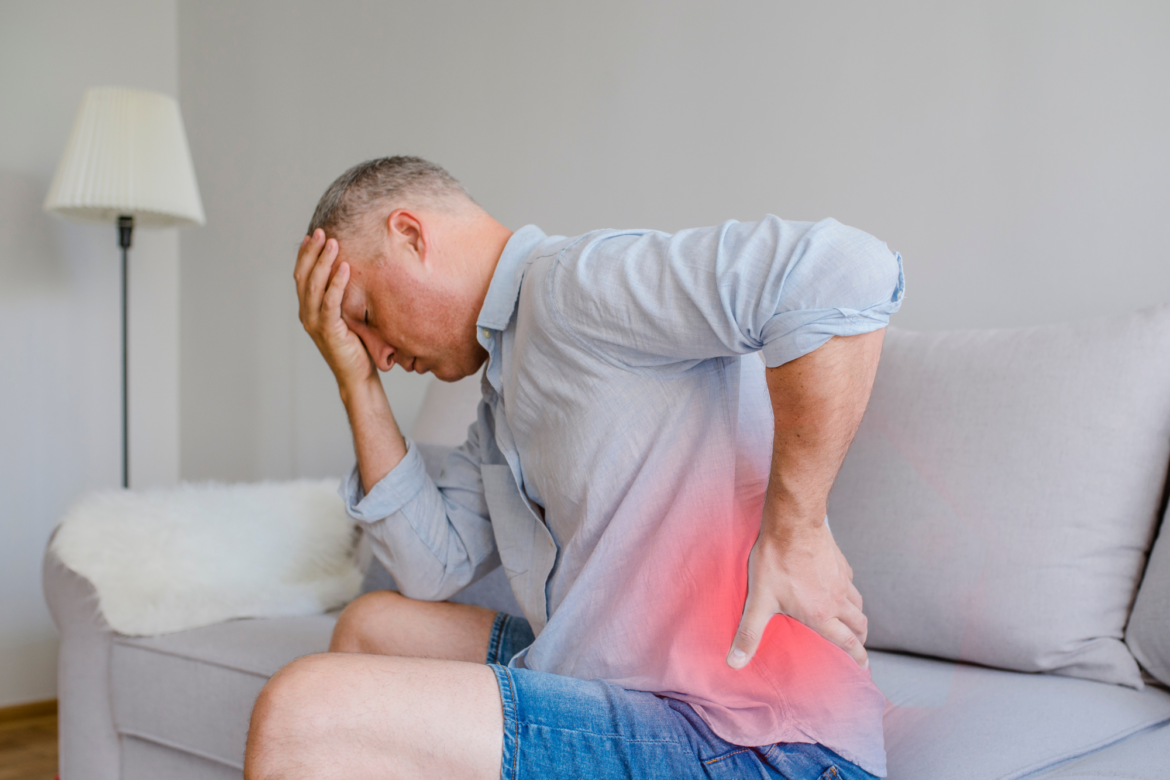How to Manage Low Back Pain
Low back pain can be a scary and debilitating condition. While it is frustrating to deal with, it is also important to understand why you are experiencing these symptoms. Some of the most common orthopedic issues as it relates to back pain are the following: muscle spasms, discogenic pain (disc-produced), neurogenic pain (nerve-produced), stenosis (narrowing of the joint space), or restriction in the joints of the spine, to name a few. It is also good to understand that non-orthopedic conditions such as referred pain from other organs, fractures, or cancers can also cause low back pain. This blog will help you learn how to manage low back pain. Some good starting questions to ask before doing any exercise to self-manage symptoms would be the following:
- Do you have a history of a traumatic injury such as a motor vehicle accident or fall?
- Do you have any issues with night pain associated with night sweats or fever?
- Do you have a history of osteoporosis?
- Does your pain change with your position or activity?
- Do you have any issues with going to the bathroom either increased pain with urination or bowel movements?
If the answers to the above questions are “no” then you may benefit from trying a few basic exercises and positions to see if you can improve your low back symptoms. If the answer to any of these questions is yes and your back pain is new onset, then it may be wise to consult with a physician before starting a new program. Now that an initial screening has been established, let us look at some positions and exercises that may be beneficial to try at home to help with your symptoms.
Position is important
With most orthopedic types of back pain, the position is important and can vary in comfort depending on what is going on. For some people, they prefer to be in a flexed position (more leaning forward) and for others extension (leaning back or more upright) is better. No matter what your preference is with movement, support for your back is important for your resting position whether you are sitting or sleeping. Using pillows to assist with this is a great first step.
First, when sitting, try these few tricks: put a flat pillow in the vertical position at the back of your chair. Then before sitting back onto the chair, make sure you get your buttocks far back onto the seat, not allowing room from the back of the chair/pillow to your buttocks. This will help you not slouch down in the chair and “take up that space” with your back.
It is also important that your feet are on the floor. Now when trying to lie down to sleep, a great position to try would be on your side. Make sure the pillow used for your head support is keeping your head neutral (meaning your neck is not pushed up too high or that your head drops too low toward the mattress). Once your head is supported properly, a long pillow between the legs may help. Try using the pillow to support you from the groin down to the ankles. Taking up all the space between the legs is a nice way to support the low back in a more neutral position.
Exercises for low back pain
A few simple exercises that are typically helpful for many orthopedic conditions are the following:
- Lower trunk rotation: This is performed when laying on your back. The knees will be bent and you can gently and slowly bring your knees side to side within a range that is tolerable for you.
- Single knee to chest: while one knee remains bent, straighten the other leg. You may use your hands to grasp behind the bent knee and gently pull the bent knee toward your chest. By doing one knee at a time you can get some needed movement to the low back while helping keep your back in a neutral position.
- Prone positioning: turning to your stomach may be a helpful way to manage symptoms. By resting in this position or even trying to prop yourself up onto your elbows you may allow some of the muscles to relax or take pressure off the disc if it is the source of pain. If this is painful or produces symptoms in the leg please do not continue this exercise.
Heat or Ice?
The final idea to help with symptoms is to try icing or heating the impacted area. Take into consideration that ice may be initially helpful for muscle spasms or acute onset of pain. However, for general stiffness or persistent pain, heat may feel better. Most of the time 10-20 minutes is enough time for either ice or heat. It is usually best to be in a position of comfort when doing this to achieve the greatest benefit.
As mentioned earlier, low back pain can be restrictive of many daily activities and frustrating to have to deal with. By understanding your symptoms and movement restrictions, you can get on the path to recovery quicker. Also remember that while the above tips can be helpful if your symptoms are not improving, it is important to have a screening to try to identify the root problem(s). And ultimately, when your symptoms have improved, a training program that strengthens your back and core is the best way to help manage your low back pain. By building a strong core, you gain the strength and endurance needed to match the physical requirements of your daily activities, resulting in a life of thriving and freedom!
For more information on how PT can help your low back pain, check out our spine services.


Thank you for this, and all your discussions. The information is helpful and appreciated! I find many suggestions that help me in these posts!